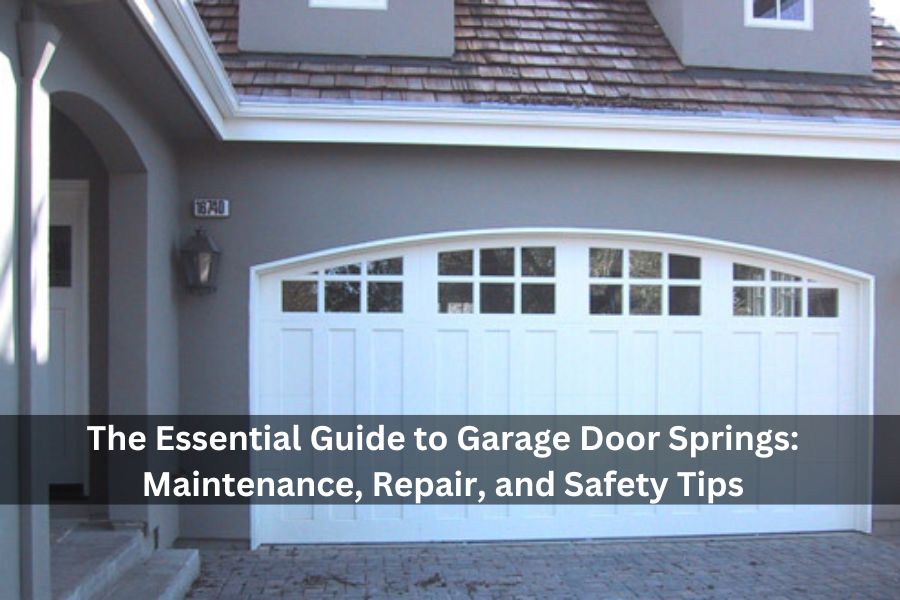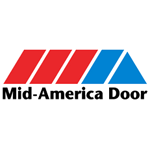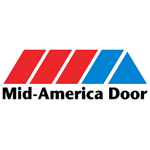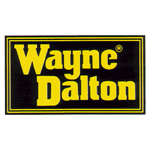
Introduction to Garage Door Springs
Welcome to the heart of your home – the garage! A place where you park your car, store tools, and maybe even sneak in some DIY projects. But have you ever stopped to think about what keeps your garage door smoothly opening and closing? That’s right – it’s all thanks to those unsung heroes, the garage door springs. In this essential guide, we’ll dive into everything you need to know about these crucial components: from maintenance tips to signs of wear, and how to stay safe when dealing with them. So buckle up (or should we say buckle down?) as we explore the world of garage door springs!
Types of Garage Door Springs
Garage door springs play a crucial role in the smooth operation of your garage door. There are two main types of garage door springs: torsion springs and extension springs.
Torsion springs are typically mounted above the garage door and twist to store energy when the door is closed. When you open the door, this stored energy is released to help lift the heavy weight of the door. These springs are known for their durability and ability to provide balanced lifting force.
On the other hand, extension springs are located on both sides of the track parallel to the overhead garage doors. They stretch and contract to assist in opening and closing the door smoothly. These springs work by extending when you open the door, then retracting back into place as it closes.
Both types of garage door springs have their own unique mechanisms that contribute to efficient garage door operation.
– Torsion Springs
Garage door torsion springs are essential components that help in the smooth operation of your garage door. These springs are mounted horizontally above the garage door opening and work by twisting to create tension. Torsion springs are known for their durability and ability to support heavy garage doors.
When it comes to torsion springs, it’s crucial to choose the right size and type based on the weight and size of your garage door. Proper installation is key to ensuring optimal performance and longevity of these springs. Regular maintenance checks can help detect any signs of wear or damage early on, preventing potential issues down the line.
If you notice any unusual sounds or uneven movement when operating your garage door, it could be a sign that your torsion springs need attention. In such cases, seeking professional assistance for inspection and repair is recommended to avoid accidents or further damage. Always prioritize safety when dealing with torsion springs due to their high tension levels – consider wearing protective gear and following proper handling procedures during maintenance or repair tasks.
– Extension Springs
Extension springs are another common type of garage door spring found in many residential setups. Unlike torsion springs, extension springs stretch and expand to support the weight of the garage door as it opens and closes.
These springs are usually located above the horizontal tracks on either side of the door. When the door is closed, extension springs are under tension. As the door opens, they extend to provide counterbalance.
It’s essential to regularly inspect extension springs for any signs of wear or damage. Look out for gaps between coils, rusting, or any unusual noises during operation.
If you notice any issues with your extension springs, it’s crucial to address them promptly to prevent further damage to your garage door system. Regular maintenance can help prolong the lifespan of these components and ensure smooth operation.
When in doubt about how to handle extension spring maintenance or repair, don’t hesitate to contact a professional technician for assistance. Safety should always be a top priority when dealing with garage door components like extension springs.
Signs of Worn or Damaged Springs
Garage door springs play a crucial role in the smooth operation of your garage door. Over time, these springs can wear out or become damaged due to constant use and exposure to the elements. One common sign of worn or damaged springs is when your garage door starts making loud noises during opening or closing. These sounds can indicate that the springs are struggling to support the weight of the door.
Another telltale sign is if your garage door appears uneven when opening or closing. This imbalance could be a result of one spring being more worn than the other, causing it to struggle to lift its side of the door properly. You may also notice gaps between coils in torsion springs, which can indicate wear and potential breakage.
Pay attention to any jerky movements or delays in your garage door’s operation as these could be signs of weakened or broken springs. If you observe any of these signs, it’s essential to address them promptly to prevent further damage and ensure safety for you and your family.
Importance of Regular Maintenance
Regular maintenance of your garage door springs is crucial to ensure the smooth operation of your garage door. Over time, springs can wear out due to constant use and exposure to the elements. By maintaining them regularly, you can prevent costly repairs or replacements down the line.
Checking your garage door springs for any signs of wear or damage should be a part of your routine maintenance schedule. Look out for fraying cables, gaps in the coils, or any unusual noises when opening or closing the door. Addressing these issues promptly can extend the lifespan of your springs and keep your garage door functioning properly.
Performing simple tasks like lubricating the springs and inspecting all components for wear can go a long way in preventing major problems. Additionally, scheduling professional inspections at least once a year will help identify any potential issues early on.
By staying proactive with regular maintenance, you not only save money on repairs but also ensure the safety and efficiency of your garage door system.
DIY Spring Maintenance Tips
When it comes to maintaining your garage door springs, a little DIY effort can go a long way in ensuring the smooth operation of your garage door. One essential tip is to regularly inspect the springs for any signs of wear or damage. Look out for gaps or cracks in the coils, as well as any unusual sounds or jerky movements when operating the door.
Another important maintenance task is lubricating the springs and other moving parts of the garage door mechanism. Use a high-quality silicone-based lubricant to keep everything running smoothly and prevent unnecessary strain on the springs. Be sure to follow manufacturer recommendations for proper lubrication intervals.
Additionally, make sure to check and tighten any loose hardware such as bolts and brackets that hold the springs in place. This simple step can help prevent accidents caused by loose components. Remember, safety should always be a top priority when performing DIY maintenance on your garage door springs!
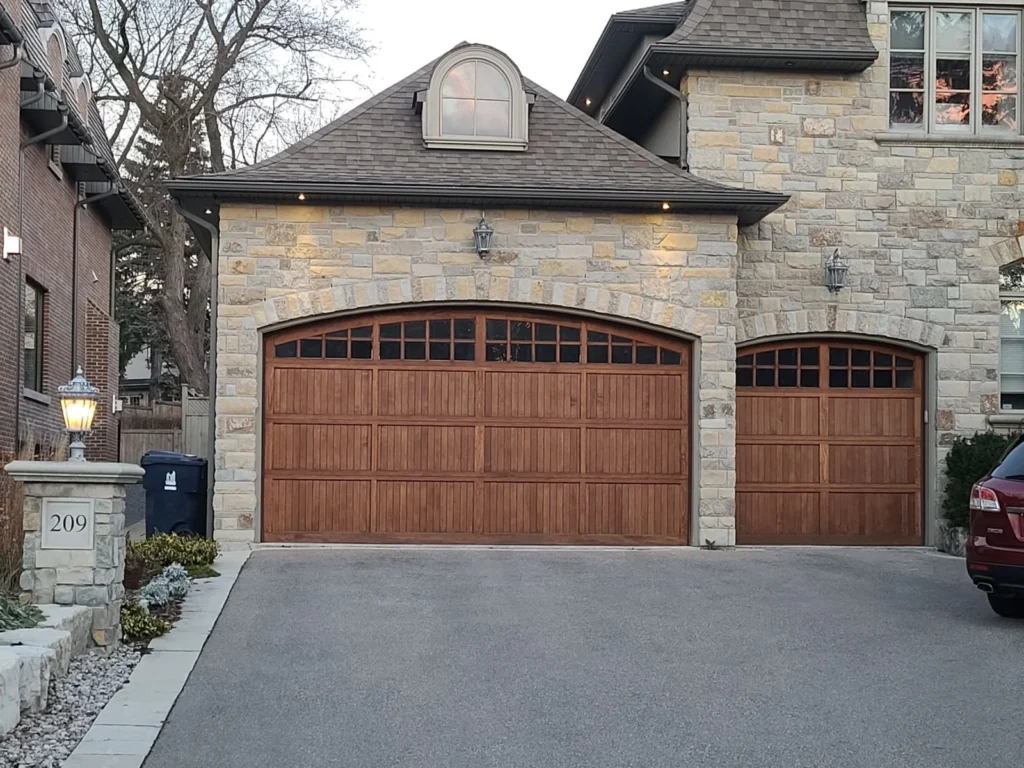
When to Call a Professional for Spring Repair
Garage door springs play a crucial role in the smooth operation of your garage door. While regular maintenance can help prolong their lifespan, there are times when calling a professional for spring repair is necessary. If you notice signs of wear or damage such as gaps in the springs, rust, or excessive noise during operation, it’s best to seek expert help.
Attempting to repair or replace garage door springs on your own can be dangerous and may result in injury if not done correctly. Professionals have the experience and tools needed to safely handle spring repairs and ensure proper installation.
Moreover, professionals can accurately assess the condition of your garage door springs and recommend the most suitable solution based on their expertise. By entrusting spring repair to qualified technicians, you can avoid potential safety risks and ensure that your garage door functions optimally for years to come.
Safety Precautions for Dealing with Garage Door Springs
When dealing with garage door springs, safety should always be a top priority. These components are under high tension and can cause serious injury if not handled properly. Before attempting any maintenance or repair work on your springs, make sure to disconnect the power to the garage door opener.
It’s crucial to wear protective gear such as gloves and safety glasses when working with garage door springs. Additionally, never attempt to adjust or replace springs on your own if you’re not experienced in doing so. Always follow manufacturer instructions carefully and avoid taking unnecessary risks.
If you suspect that your garage door springs are worn or damaged, it’s best to call a professional technician for assistance. Trying to fix complex spring issues without the right knowledge can lead to accidents. Keep pets and children away from the area while working on garage door springs for their safety as well.
Conclusion and Tips for Choosing the Right Springs for Your Garage Door
Garage door springs are essential components of your garage door system, providing the necessary tension to open and close the door smoothly. By understanding the different types of springs, recognizing signs of wear or damage, and knowing when to call a professional for repair, you can ensure your garage door operates safely and efficiently.
Regular maintenance is key to prolonging the lifespan of your garage door springs. Simple DIY tips such as lubricating the springs and inspecting them for any cracks or gaps can help prevent unexpected breakdowns.
When it comes to choosing the right springs for your garage door, consider factors such as size, weight capacity, and durability. Consulting with a professional technician can also help ensure you select the best option for your specific needs.
By following these tips and practicing safety precautions when dealing with garage door springs, you can maintain a functional and safe garage door system for years to come. Remember that proper maintenance and care go a long way in preventing costly repairs down the road.

